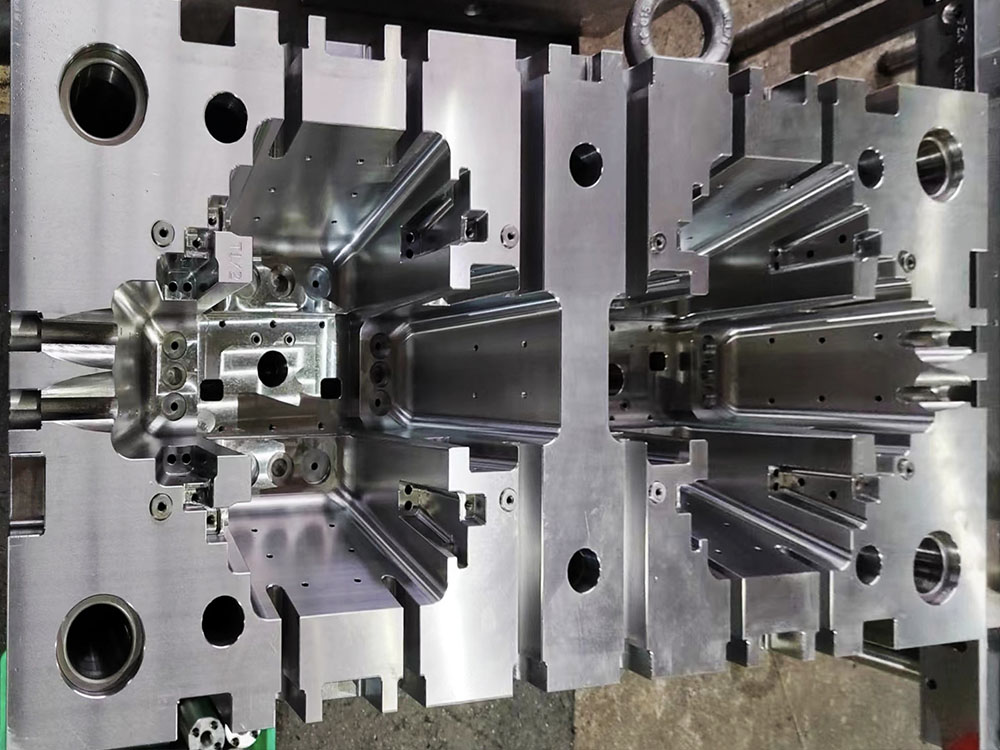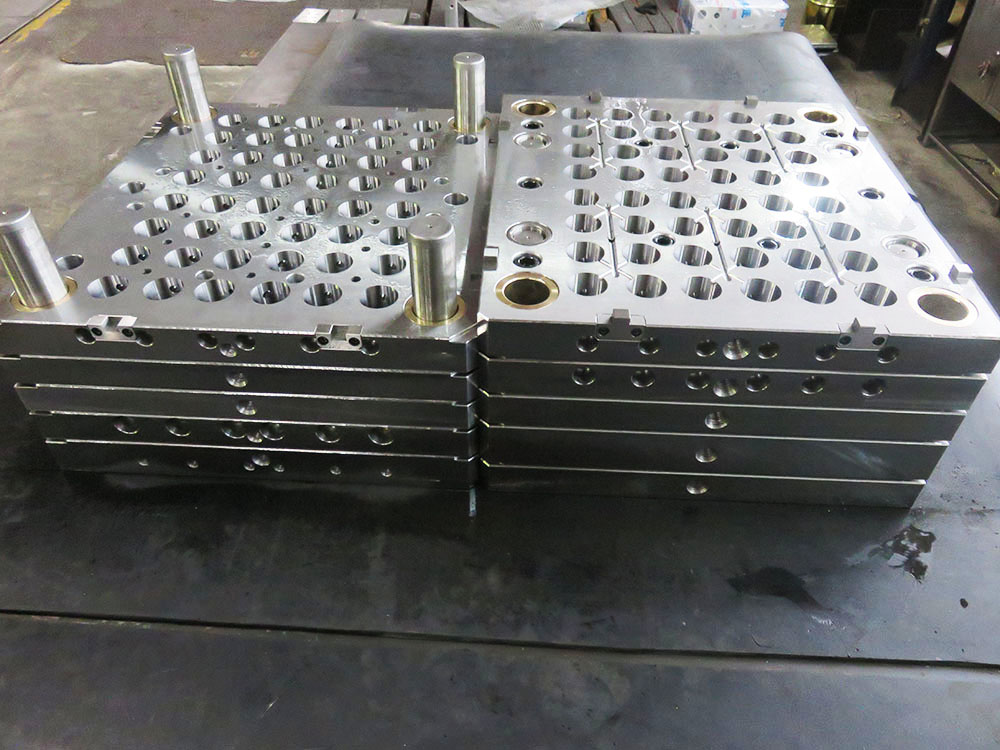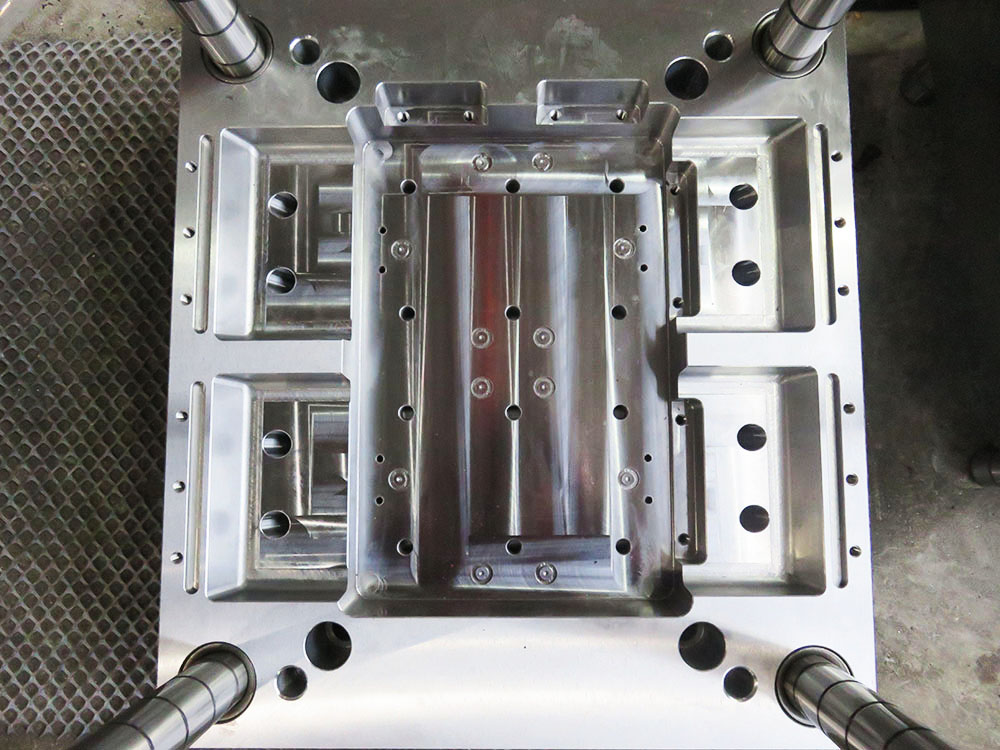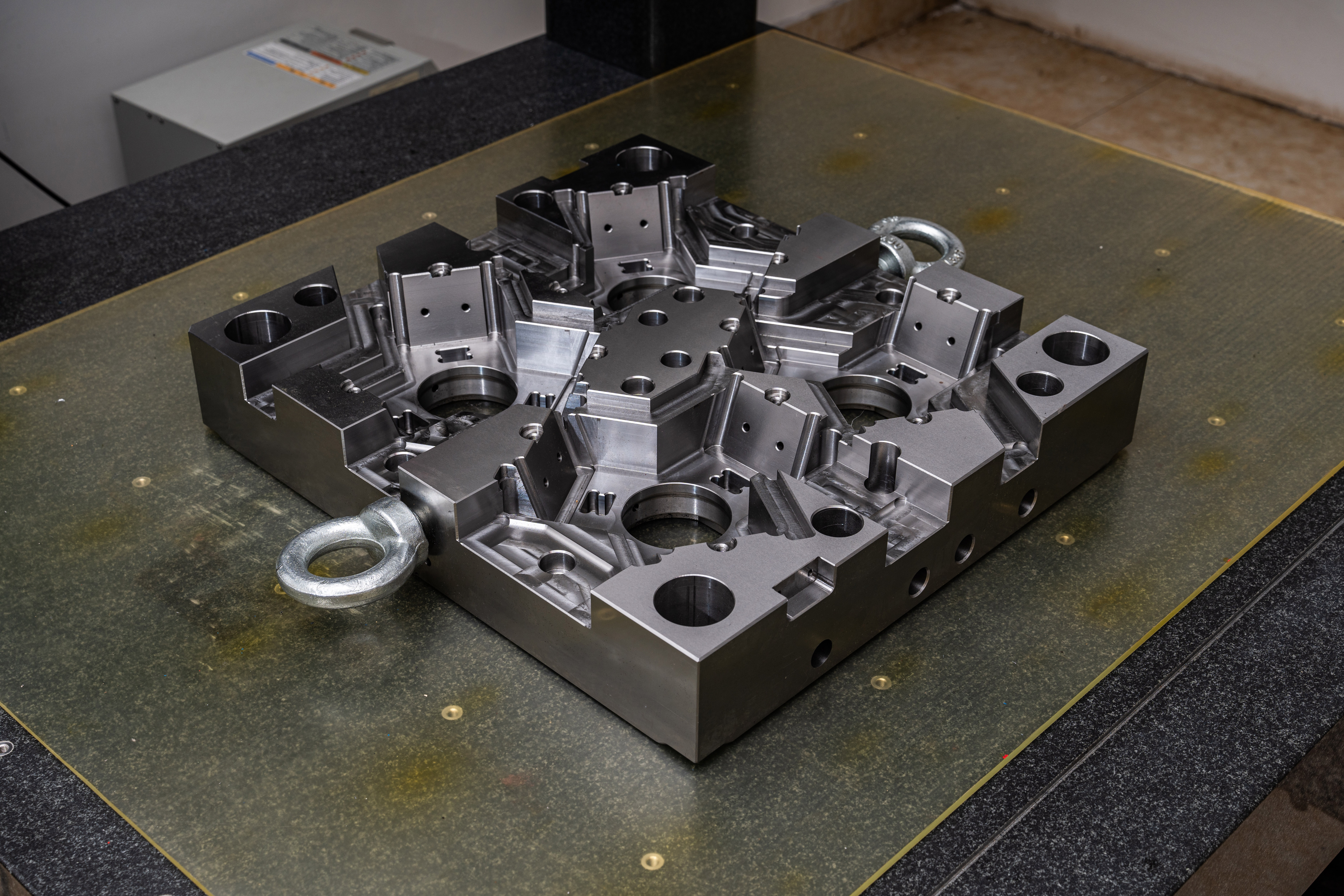Supporting the Bottom of a Curved Beam Using Formwork in the Mold Base Industry
A curved beam is a structural element often used in architecture and construction to create aesthetically pleasing and structurally sound designs. During the construction process, it is necessary to support the bottom of a curved beam using formwork to ensure its stability and integrity. In the mold base industry, several techniques and tools are employed to achieve this goal. This article will discuss these methods in a clear and professional manner, focusing on the use of formwork to support curved beams.
The Importance of Supporting Curved Beams
Curved beams are subjected to various loads and stresses, including their self-weight, imposed loads, and environmental factors such as wind and seismic forces. Without proper support, these beams can deform, crack, or even collapse, leading to potential hazards and compromising the overall structural integrity of a building or structure.
Formwork for Supporting Curved Beams
To ensure the stability of a curved beam during construction, a common practice in the mold base industry is to use formwork. Formwork refers to the temporary structure or mold that holds the concrete in place until it sets and gains sufficient strength. When dealing with curved beams, formwork needs to be specially designed and constructed to match the shape of the beam.
Types of Formwork for Curved Beams
There are several types of formwork that can be used for curved beams, including:
1. Flexible Plywood Formwork: This type of formwork is made of flexible plywood panels that can be bent and shaped to match the curvature of the beam. It provides a smooth surface finish and is easy to handle and install. 2. Steel Formwork: Steel formwork consists of steel panels or plates that can be curved to fit the desired shape of the beam. It offers high strength and durability, making it suitable for large and complex curved beams. 3. Composite Formwork: Composite formwork combines the characteristics of different materials, such as plywood, steel, and plastic, to provide a flexible and cost-effective solution for supporting curved beams. It offers advantages such as lightweight and reusability.Construction Process
The construction process for supporting the bottom of a curved beam using formwork typically involves the following steps:
1. Design: The design of the formwork system should consider the shape and dimensions of the curved beam, the applied loads, and the desired finish of the concrete surface. 2. Preparation: The formwork materials, such as flexible plywood or steel panels, are prepared and shaped according to the curved beam's specifications. 3. Assembly: The formwork is assembled and connected securely to create a rigid structure that can support the weight of the wet concrete. 4. Placement of Reinforcements: Steel reinforcements, such as rebars, are positioned and tied according to the design requirements to enhance the strength and load-carrying capacity of the curved beam. 5. Pouring of Concrete: The wet concrete is poured into the formwork, ensuring proper compaction and consolidation to eliminate voids and air bubbles. 6. Curing and Stripping: The concrete is left to cure and gain sufficient strength before the formwork can be removed. Once the concrete has hardened, the formwork can be dismantled, revealing the finished curved beam.Conclusion
Supporting the bottom of a curved beam using formwork is crucial to ensure its stability and integrity during construction. The mold base industry offers various types of formwork, such as flexible plywood, steel, and composite materials, to match the shape and requirements of curved beams. By following a systematic construction process, including design, preparation, assembly, reinforcement placement, concrete pouring, and curing, the desired curved beam can be achieved. Effective formwork techniques contribute to safe and efficient construction practices in the mold base industry.




